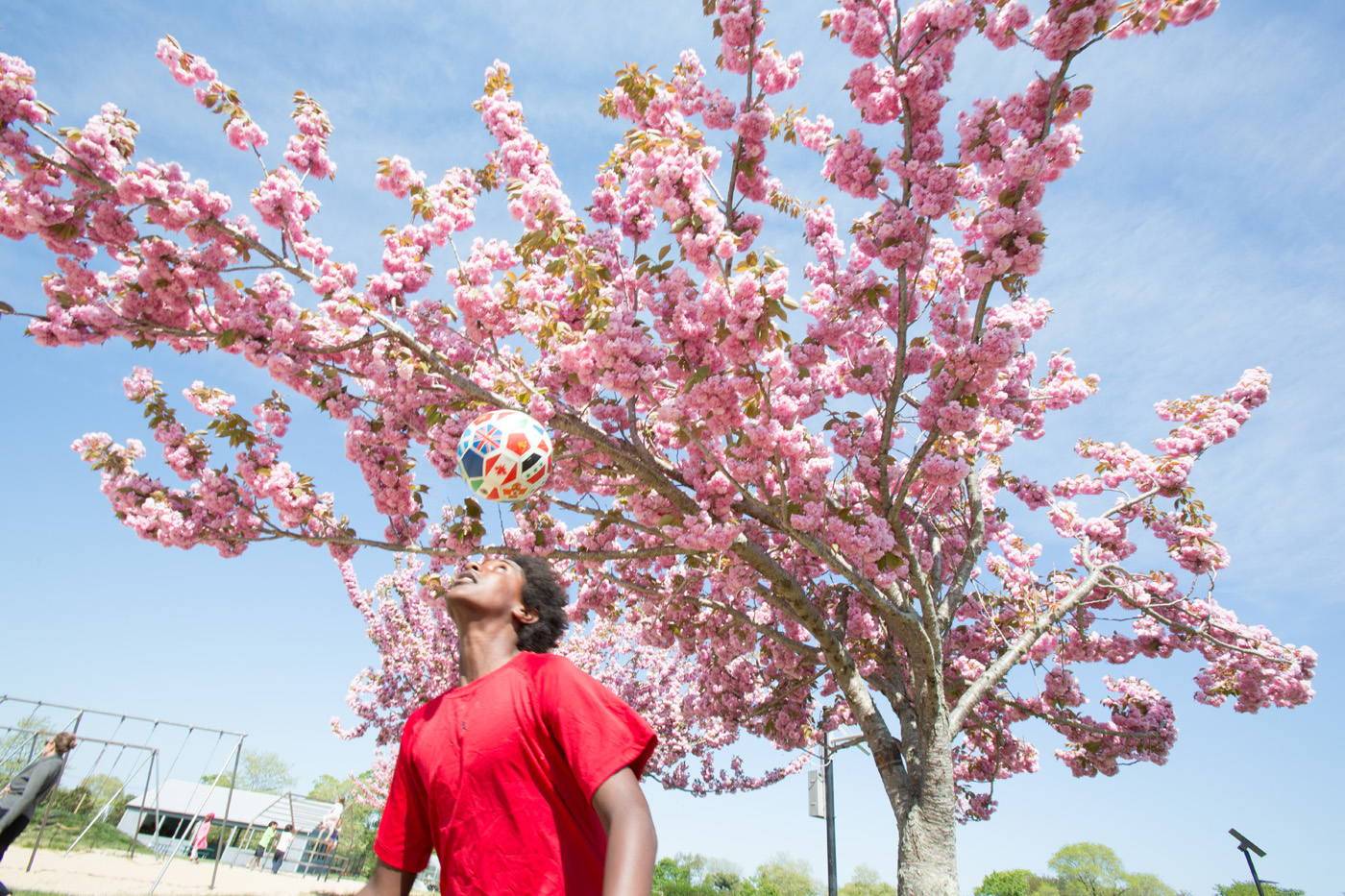Artists-In-Residence
At Hayground, art is a way of life. The sophistication and intensity of the children’s aesthetic practices permeate the whole Hayground experience. We believe that the process of making art is one of the most immediate ways for children to find pleasure in pursuing their own ideas. Students spend various amounts of time in the art studio, from two hours once a week to three hours per day for ten days in a row. They apprentice to the artist-in-residence in his or her own work and also have the opportunity to work directly with a variety of professional artists who are part of our Visiting Artists Program.
A pillar of the Hayground curriculum, this program invites professional artists, writers, and musicians to share their craft in immersion workshops that challenge students to think, create, and perform as authentic working artists. Recent residencies include:
Music History with Tiye Giraud
History gets a brand new beat with award-winning composer, percussionist, and vocalist Tiye Giraud. Through work songs, children's chants, traditional instruments and dance, Hayground students explore the myriad manifestations and influences -- from Blues and Jazz to Reggae and Calypso -- of Africa's rich musical heritage.
Shakespeare Performance with Shakespeare & Company
In this annual month-long residency, professional actors from the Berkshires' Shakespeare & Company lead the entire Hayground student body -- from ages 3 to 14 -- through an in-depth exploration of the story, text, and history of a Shakespeare play. The residency includes daily theater games, warm-ups, and rehearsals, and culminates in two public performances.
Folklore and the Oral Tradition with Gale Jackson
Language comes alive with Hayground's storyteller-in-residence -- the poet, author, and cultural historian Gale Jackson. Using folklore, poetry, and oral traditions as material, students examine the origins of words, the history of language, and the power of the narrative form. Early Childhood students learn and discuss traditional folktales, and perform one for the Hayground community. Middle Group and Senior Learners hone critical thinking and writing skills through small group seminars and writer's workshops.









































